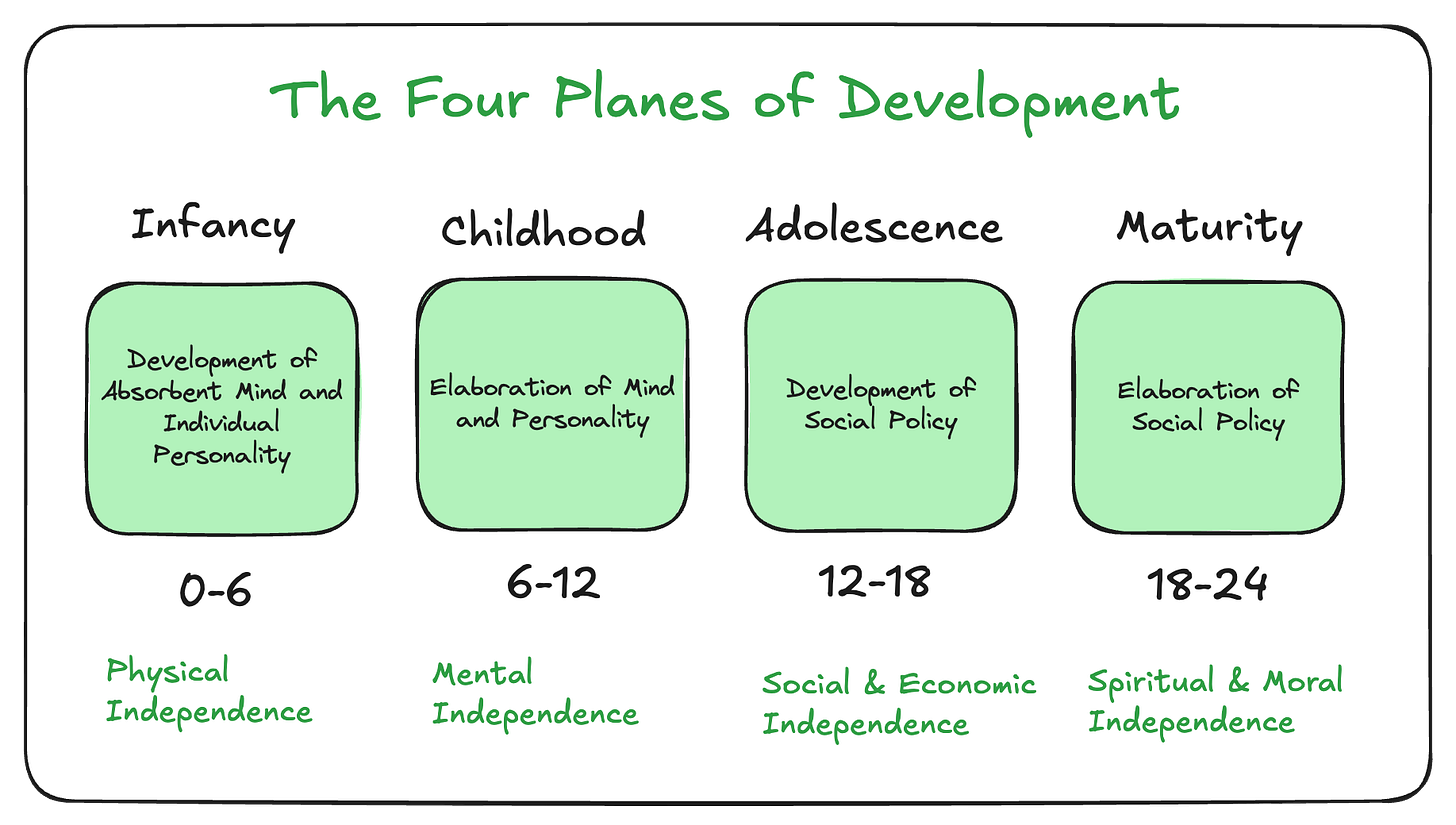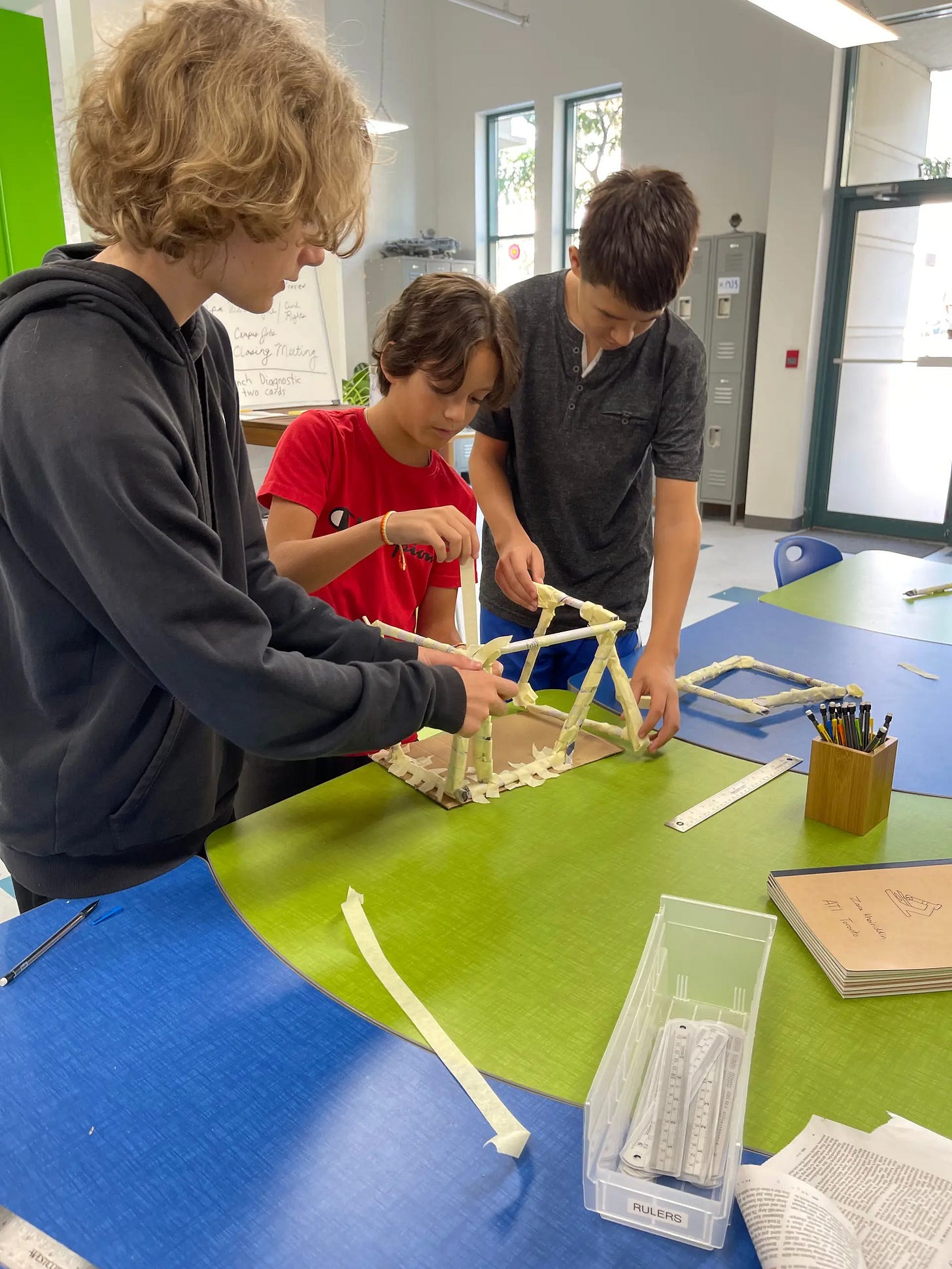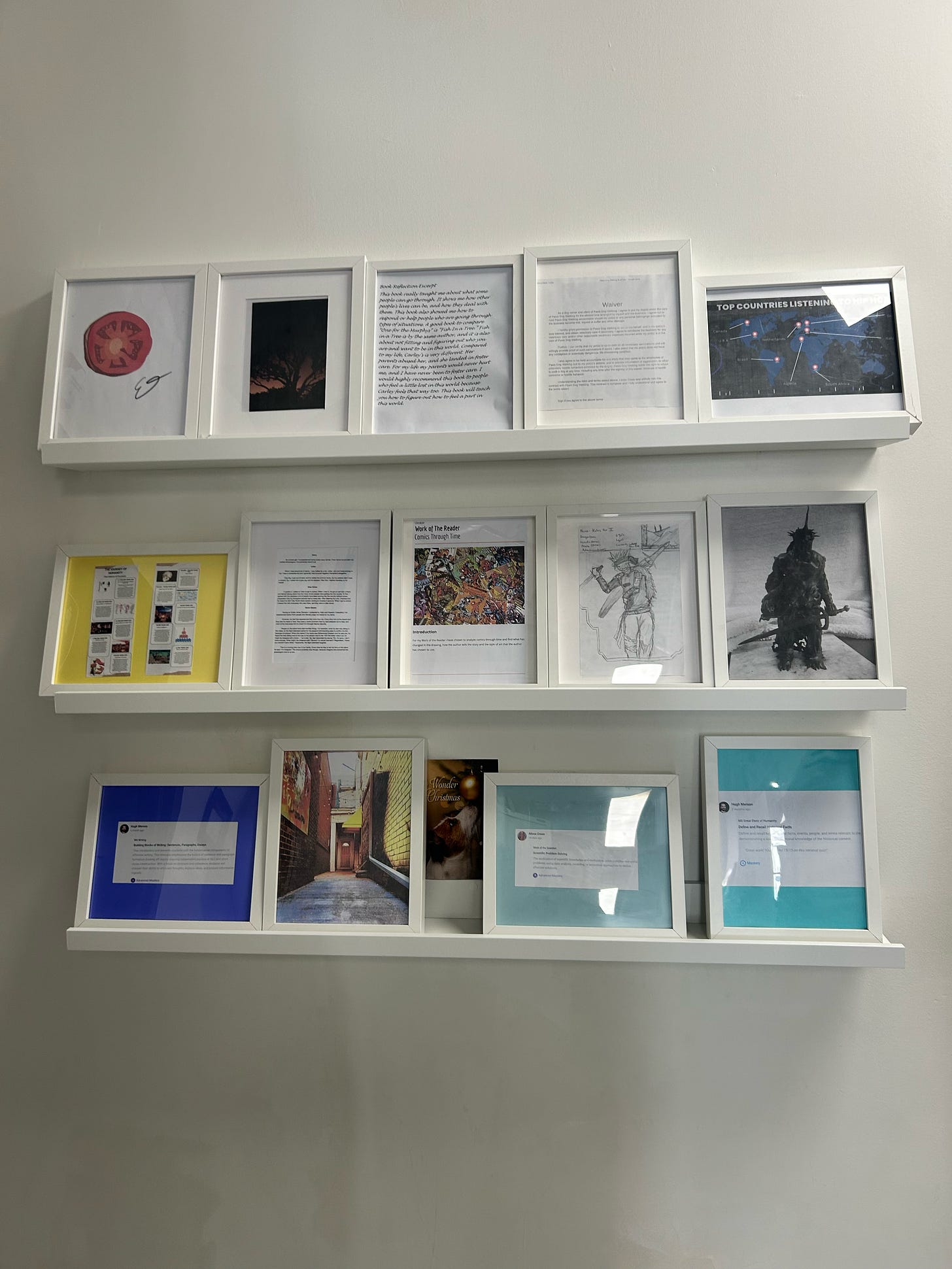Can Montessori Work for Middle Schoolers?
A tour of Toronto's Guidepost Montessori reveals real-world learning in action.
When most people think of Montessori, they picture young children in a prepared environment with wooden materials and child-sized furniture. But what about middle schoolers navigating the complexities of adolescence, from social dynamics to developing personal identities? Can the Montessori method be equally effective in these formative adolescent years, and what does this look like in practice?
I recently toured Guidepost Academy, a Montessori middle school in Toronto, to find out. As a former Montessori student myself, I was curious to see how this pedagogy would translate to young teens.
What is Guidepost Montessori?
Guidepost Montessori is the largest network of Montessori schools in the world, spanning four continents with over 150 campuses, along with virtual programs and homeschooling support. Led by Higher Ground Education, their mission is to make Montessori education mainstream and more accessible globally. I’m biased as someone who can talk for hours about why I believe a Montessori education has so much to offer, but on top of being financially inaccessible for many families, Montessori still faces stereotypes like it being “a hippie school”, too permissive or not actually preparing kids for the real world.
I’ve personally been privy to some (slightly humorous) conversations about Montessori being for “indoctrinated weird kids” only to backpedal when they find out I’m a former Montessori kid myself—proudly indoctrinated and weird by the way. Guidepost Montessori’s mission resonates with me because their goal of growing instead of gatekeeping increases public awareness of Montessori education, and in turn challenges some of these surface-level perceptions.
First Impressions: Modern Co-Working for Middle Schoolers
The “Montessori effect” was apparent from entering the Guidepost Academy classroom. Two bright-eyed students immediately took the lead, showing me where to put my things and giving me a tour of the space. Their sense of pride and autonomy was evident, and the interaction felt natural.
Rather than rows of desks facing a teacher's podium, the space itself resembled a modern co-working environment:
Flexible reading areas for concentration
Natural light and plants throughout
Purposefully placed materials without overwhelming stimulation
A dedicated room for one-on-one mentoring sessions
The classroom felt distinctly professional, reflecting that these students weren’t just older elementary kids, but young adults preparing for real-world participation. It was also clean and well kept—a space I would want to sit down and get some work in too!
Maria Montessori's Vision for Adolescents
Understanding what I observed requires a quick look at Montessori's developmental framework. She viewed development through planes centered around independence:
Early childhood (0-6): Physical independence (practical life skills)
Childhood (6-12): Intellectual independence (abstract reasoning)
Adolescence (12-18): Social and economic independence (identity formation and contributing value)
Maturity (18-24): Spiritual and moral independence (finding purpose and contributing to society)
Maria Montessori's original vision for adolescent education was a farm school where students would experience being essential members of a community through tangible, practical work. The immediate cause-and-effect relationship (if you don't milk the cow, nobody gets milk) provides natural lessons in responsibility and social contribution.
Of course, most people now wouldn’t agree that sending pre-teens off to farms is the way to educate children. But if we take the practical underpinnings of what she was after to create an environment that promotes social and economic independence, what does that look like today? That’s where Guidepost comes in with their modern expression of Montessori’s vision.
Micro-Economy: Economic Independence in Action
The most interesting component of Guidepost's middle school program is its focus on real-world applications and the “Micro-Economy” program. Students run actual businesses—for this class, a granola-making venture and dog-walking services—that generate revenue and require authentic problem-solving. They have dedicated time to work on these businesses each week and self-organize into mini-startups where each member takes on key responsibilities. Head of School, Laura McCarthy spoke with me about how this has led to very practical discussions with students on how to become better leaders, rally their peers around a vision, and see the value in organization skills.
Students also get frequent job shadowing opportunities to engage with professionals and get early exposure to different types of careers paths. All of this helps mitigate the disconnect between what they are learning in the classroom and the real-world, showing middle schoolers that their contributions are actually valuable now and not in some distant future.
As the Lead Guide shared with me: "Students should always be able to clearly explain why they are working on something and why it matters."
Structured Freedom: Balancing Autonomy with Accountability
While students have considerable freedom, the environment isn't chaotic. They experience:
Agency in planning their schedules within structured expectations
Portfolio-based work with clear deadlines but self-directed execution
Weekly one-on-one mentoring to ensure progress and accountability
During my observation, students were engaged in focused work, some discussing their projects with peers, others working independently on their laptops. The atmosphere was purposeful rather than rigid and refreshingly free from the anxious withdrawal sometimes seen in traditional middle schools.
Instead of formal grading, Guidepost Montessori measures outcomes through mastery-based learning where students play a role in tracking their progress and demonstrating competency at their own pace.
Is Montessori Right for Every Adolescent?
The staff at Guidepost were candid about their approach not being universal. With mixed-age class sizes around fifteen students in a single room, some parents express concerns about limited social opportunities. The counter to that is smaller environments can allow for more personalized extracurricular activities tailored to student interests.
When I asked about technology management, they acknowledge there are occasional reminders about appropriate laptop use and that phones stay in a designated bin for the day. From my time observing, it appears the agency students have and the purposeful work they engage in make distractions manageable, much like an adult work environment. After all, if we’re not working on things we care about at work it’s a normal human behaviour to get bored, overwhelmed, or distracted.
Final Thoughts: Preparation for Modern Life
After spending a morning observing these engaged middle schoolers, I'm convinced that Montessori can indeed extend meaningfully into adolescent education. I’d go so far as to say that the Montessori philosophy may actually prepare students more effectively for adulthood than traditional education models.
Why? We live in a world that is democratizing the ability to create and be entrepreneurial, where knowledge is accessible to everyone and no career path is as linear as it once was. Guidepost Montessori’s approach to real-world application through initiatives like the micro-economy program allow adolescents to prepare to become meaningful participants in society. Instead of feeling anxious about the future, they can start to feel confident about what they’re working on now, knowing it actually matters.
What do you think? Have you experienced or observed Montessori education for older students? I'd love to hear your thoughts in the comments.






Great post! Do you think a full Montessori-style education from K-12 or a hybrid (eg. early on or later in childhood) would be more effective for kids versus traditional schooling?
This is super interesting. Didn't know this was a thing. (wish I went here)
Where do these middle schoolers go/ how do they perform when they get placed in (still rather rigid) corporate structures?